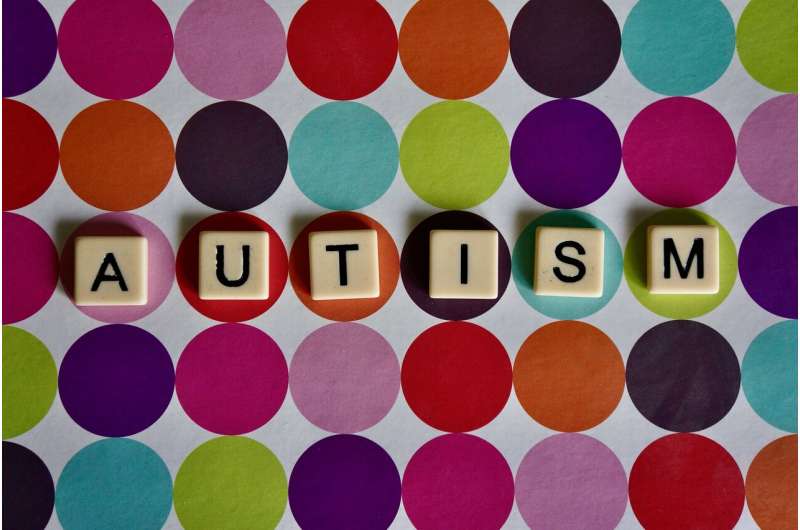Long-Term Impact of Socioeconomic Disadvantage on Child Mental Health

Socioeconomic disadvantages impact children's mental health from age 5 onwards, with persistent inequalities throughout childhood and adolescence, highlighting the need for early interventions and comprehensive social policies.
Research from the University of Liverpool reveals that socioeconomic disparities in children’s mental health are evident as early as age 5 and persist throughout childhood and adolescence. This comprehensive study analyzed data from over 15,000 children born around 2000, following their development until age 17 through parent-reported measures. The findings demonstrate that mental health difficulties, including internalizing issues such as anxiety and depression, and externalizing behaviors like impulsivity and defiance, are significantly influenced by early life socioeconomic status.
The study emphasizes that inequalities in mental health are already established by age 5, regardless of income levels or maternal education, and these gaps remain relatively stable over time. Boys tend to exhibit higher externalizing difficulties, which stay consistent, while internalizing problems increase during adolescence, especially among girls. Such persistent disparities highlight the critical importance of early intervention.
Dr. Yu Wei Chua, the study’s lead author and Research Associate at the University of Liverpool, explains that addressing mental health inequalities requires action from early childhood. The research suggests that interventions should not wait until adolescence but should begin in early childhood through investment in education and care systems that can detect and support children showing early signs of difficulty. Additionally, school-based mental health services should be reinforced during adolescence, especially to help prevent the escalation of internalizing difficulties among girls.
The study also advocates tackling broader social determinants, including child poverty, parental mental health issues, and family support systems. Dr. Anna Pearce from the University of Glasgow emphasizes that reducing child poverty remains fundamental, but supporting families across health, education, and social care sectors is equally crucial.
Overall, the findings advocate for a multifaceted approach to reduce mental health inequalities, emphasizing early intervention, comprehensive social policies, and continuous support throughout childhood and adolescence. This research underscores the urgency of addressing socioeconomic disadvantages early on to promote better mental health outcomes for all children.
Source: MedicalXpress
Stay Updated with Mia's Feed
Get the latest health & wellness insights delivered straight to your inbox.
Related Articles
Long-Term Effectiveness of Affordable Ketamine Therapy for Depression
Emerging research demonstrates that low-cost generic ketamine is a safe and effective long-term treatment for severe depression, offering hope for more accessible mental health care.
Understanding Nonverbal Autism: My Journey and Insights
Learn about nonverbal autism through the personal experience of a nonspeaking individual, highlighting communication methods, common myths, and ways to foster understanding and inclusion.
Significant Portion of Young Adults Anticipate Needing Mental Health Support Within the Next Year
A recent survey reveals that one in three young adults in Britain expect to need mental health support in the coming year, highlighting the urgent need for early intervention and tailored mental health services.
Mental Health Improvements Surpass Physical Health in Predicting Life Satisfaction, Study Finds
Research shows that mental health improvements play a more significant role than physical health in boosting overall life satisfaction, with implications for public health initiatives.



